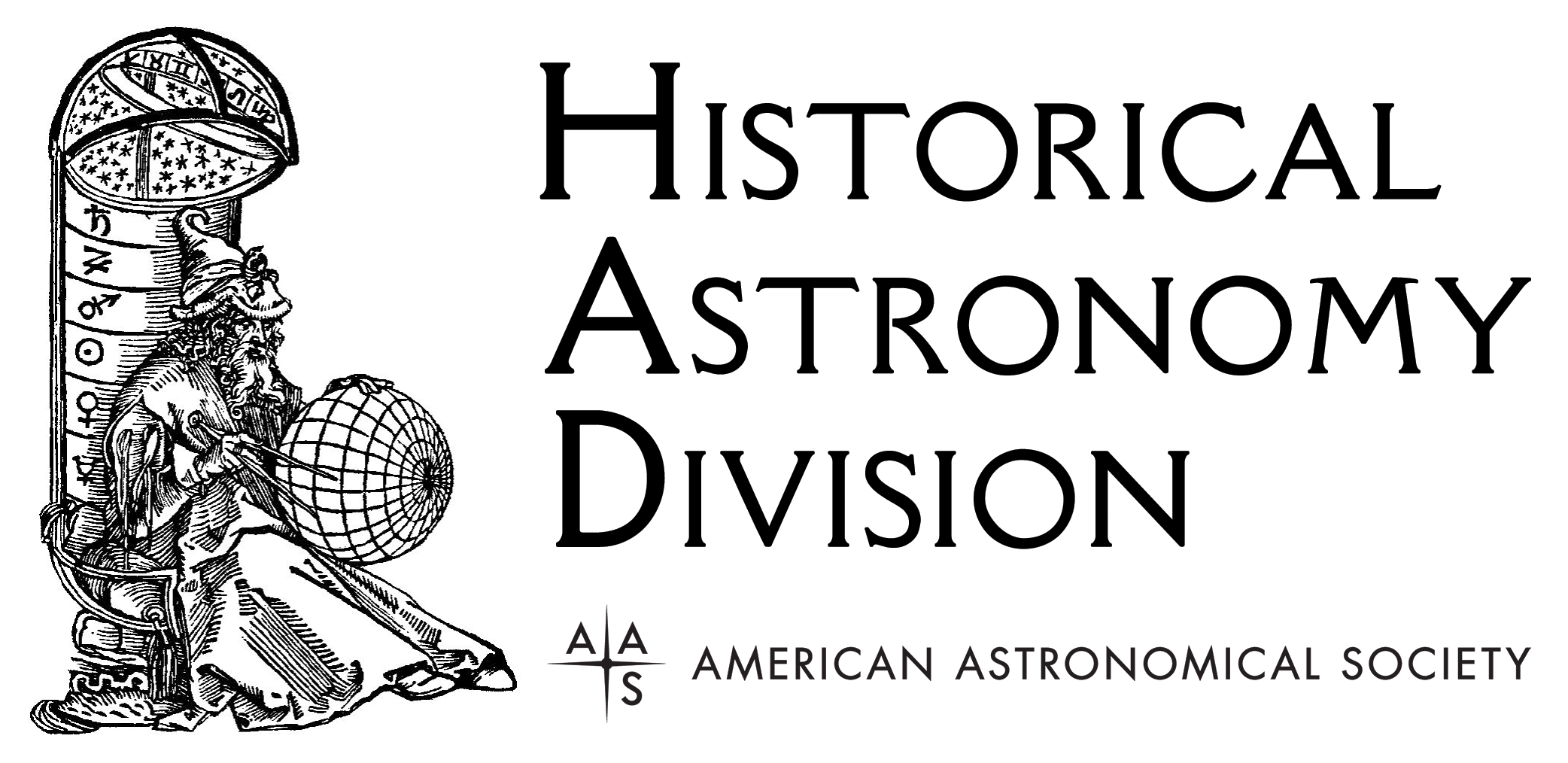This Month in Astronomical History: September 2020
Jason E. Ybarra
Bridgewater College
 Each month as part of this series from the AAS Historical Astronomy Division (HAD), an important discovery or memorable event in the history of astronomy will be highlighted. This month's guest author, Jason E. Ybarra, writes about Johann Bayer’s 17th-century star atlas Uranometria. Interested in writing a short (500-word) column? Instructions along with previous history columns are available on the HAD webpage.
Each month as part of this series from the AAS Historical Astronomy Division (HAD), an important discovery or memorable event in the history of astronomy will be highlighted. This month's guest author, Jason E. Ybarra, writes about Johann Bayer’s 17th-century star atlas Uranometria. Interested in writing a short (500-word) column? Instructions along with previous history columns are available on the HAD webpage.
Bayer’s Uranometria
The brightest stars in the night sky go by many names. Most of the common names entered Western vocabulary during the medieval translation of Arabic astronomical texts. Many of those texts were Arabic descriptions of the locations of the stars from Ptolemy’s Almagest1. For example, Mothalla, in Triangulum, comes from the Arabic raʼs al-muthallath, meaning the “the head of the triangle,” which comes from the description used by Ptolemy: “the star in the apex of the triangle.” Others were traditional star names indigenous to the Arabian peninsula. For instance, Altais, in Draco, is from al Tāis, meaning “the goat.”2 Another naming system used frequently in astronomy combines a Greek letter (and sometimes a Latin letter) with the Latin genitive of the constellation the star is associated with (e.g., α Centauri, β Persei). That comparatively recent naming convention comes to us from the influential 17th-century atlas, Bayer’s Uranometria.
Johann Bayer (1572-1625) was a lawyer and amateur astronomer living in the city of Augsburg, Germany, when he first published Uranometria in September 1603.3 Containing 51 copper-plate engravings covering both the northern and southern celestial hemispheres, this work became the standard reference for astronomers throughout the 17th and 18th centuries. The maps were drawn using a trapezoidal projection, where longitude and latitude are projected as straight lines, with lines of constant declination remaining parallel, but lines of constant right ascension converging at the poles. On the back of each map was a corresponding catalog of stars. Star positions for the northern hemisphere were obtained from the contemporary catalog by Danish astronomer Tycho Brahe, and for the southern hemisphere from Dutch navigator and cartographer Pieter Keyser (Petrus Theodorus).4 More than 1,200 stars are shown on the charts, with 1,005 coming from Tycho’s as-yet-unpublished catalog.
It was originally thought that the stars were assigned labels in alphabetical order according to their brightness. However, in many constellations the brightest star is labelled β, leading astronomers in the 18th century to speculate that many stars had changed in brightness from Bayer’s time. The 19th century German astronomer F. W. A. Argelander discovered that Bayer had used a north-to-south ordering system within magnitude bins.5 Once Bayer had run out of Greek letters, he switched to Latin letters.
The illustrations in Uranometria have often been said to be based on corresponding figures drawn by Albrecht Dürer in 1515. While some influence from Dürer arguably exists, historian Deborah Warner asserts that the illustrations were derived from those of Dutch engraver Jacobo de Gheyn in Hugo Grotius’s Syntagma Arateorum published in 1600 (see Figure 2).4,6 These were in turn derived from illustrations in the 9th-century Carolingian Aratea manuscript, which Groteus had acquired in Leiden (Leiden Aratea Ms. Voss. Q. 79).7
Bayer’s Uranometria was eventually superseded by Atlas Coelestis from English astronomer John Flamsteed. Published in 1729 and containing more than 3,000 stars, this was the first atlas to include telescopic stars. In time it was surpassed by Johann Elert Bode’s Uranographia, which contained 17,000 stars and included 2,500 nebulae cataloged by William Herschel.


References
- Ptolemaeus, C. 1984, Ptolemy’s Almagest. Translated by G. J. Toomer. New York: Springer.
- Allen, R. H. 1899, Star-names and Their Meanings. Leipzig: G. E. Stechert.
- Bayer, J. 1603, Uranometria : omnium asterismorum continents schemata, noua methodo delineata, aeries laminis expressa. Augustae Vindelicorum (Augsburg): Excudit Christophorus Mangus. Accessible at http://lhldigital.lindahall.org/cdm/ref/collection/astro_atlas/id/118
- Warner, D. J. 1975, “Johann Bayer and his Star Atlas - Reconsidered,” Journal of the British Astronomical Association, 86(1), 53.
- Babinger, F. 1915, “Johannes Bayer, des Begründer der neuzeitlichen Sternbenennung,” Archiv für die Geschichte der Naturwissenschaften und der Technik, 5, 108.
- Grotius, H. 1600, Syntagma Arateorum: opus poeticae et astronomiae studiosis utilissimum. Leiden: Ex officina Plantiniana. https://www.e-rara.ch/zut/wihibe/content/titleinfo/6099258
- Verkerk, C. L. 1980, “Aratea: a review of the literature concerning MS. Vossianus lat. q. 79 in Leiden University Library,” Journal of Medieval History, 6(3), 245.

